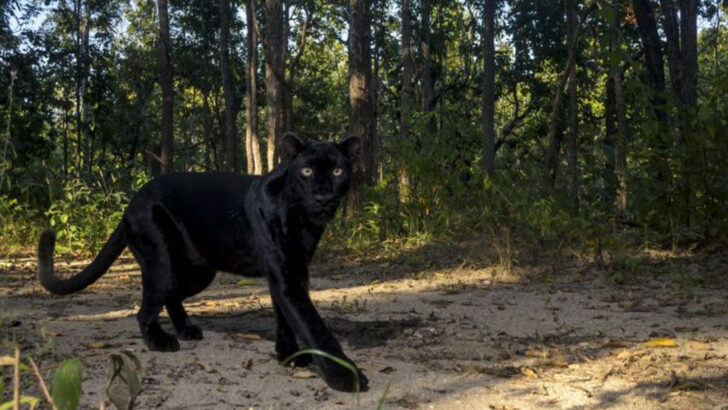They move like shadows—and vanish just as fast. Panthers are wrapped in mystery, cloaked in legend, and often mistaken for creatures that don’t exist. But make no mistake: these elusive predators are real, powerful, and still roaming parts of the U.S., hidden in plain sight. They’re not a single species, and they’re not always black. From Florida swamps to dense forests out west, panthers leave behind tracks, whispers, and awe. Think you know these big cats? Get ready to uncover wild truths, rare sightings, and secrets that even seasoned wildlife lovers miss.
Color Variations in Panthers
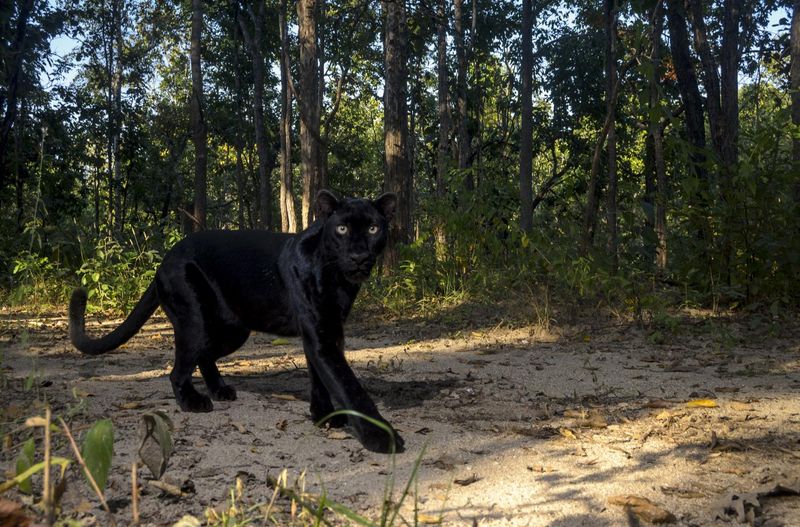
Panthers aren’t just black! While often associated with a dark, shadowy hue, they can exhibit a range of colors due to something called “melanism.” This phenomenon can result in panthers that are various shades of brown or even spotted. In fact, when you look closely, you might notice spots hidden under their dark fur. These spots are more apparent in certain lights, creating a camouflage effect that aids them in the wild. Interestingly, this color variation is more common in certain regions, showcasing nature’s adaptability.
Panther’s Elusive Nature
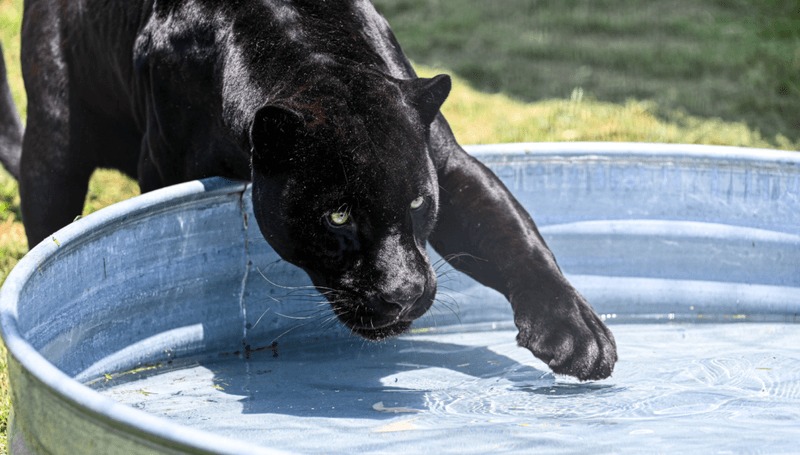
The panther’s elusive nature is legendary. Known for its stealth and ability to disappear into the jungle, it has earned the nickname ‘ghost of the forest.’ This cat’s ability to move silently is not just a talent but a necessity for survival. Panthers prefer to hunt at night, using their keen senses to track prey in the darkness. Their quiet movements make them incredibly efficient predators, often leaving no trace of their presence. It’s this mysterious behavior that captivates wildlife enthusiasts and researchers alike.
Roaming Habits in the U.S.

In the United States, panthers still roam, particularly in Florida and some areas of the Southwest. These regions provide the dense forests and swamplands that panthers need for shelter and hunting. Interestingly, the Florida panther is a subspecies that has adapted uniquely to its environment. Conservation efforts have been underway to protect these habitats, ensuring panthers can continue to roam freely. Despite urban expansion, these cats have shown resilience, adapting to challenges in their habitats.
The Mystery of Panther Communication
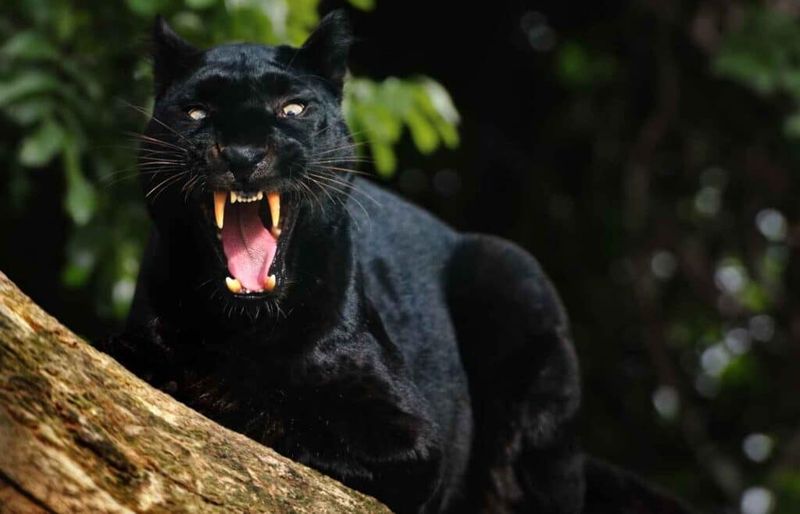
Unlike many big cats, panthers are known for their quiet demeanor, rarely roaring. Instead, they communicate through purrs, chirps, and whistles. This subtle form of communication is both fascinating and mysterious. It allows them to interact without attracting unwanted attention from predators or humans. Their vocalizations can convey a range of emotions and intentions, from playful to aggressive. Understanding these unique sounds is crucial for researchers studying panther behavior, providing insights into their social interactions.
Panther’s Unique Diet
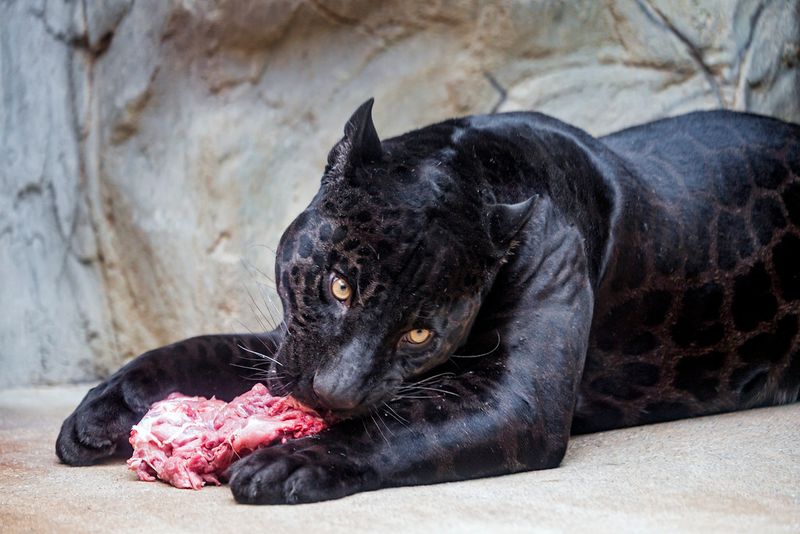
A panther’s diet is as varied as its habitats. These carnivores typically hunt deer, wild hogs, and smaller mammals. However, their adaptability means they can adjust their diet based on availability. In regions where their usual prey is scarce, panthers have been known to target birds and even reptiles. This dietary flexibility is vital for their survival in diverse ecosystems. By understanding their feeding habits, conservationists can better support healthy panther populations in the wild.
Panther Conservation Efforts
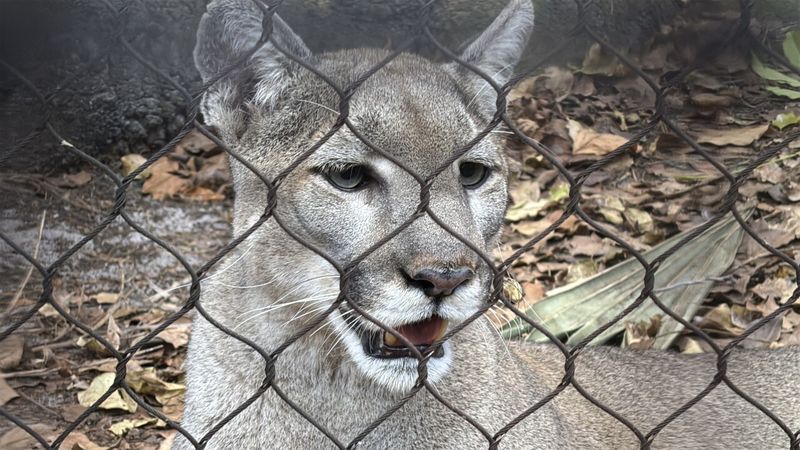
Panther conservation efforts are crucial for their survival. Organizations are focusing on habitat preservation, creating safe corridors, and preventing poaching. The Florida Panther Recovery Plan is one such initiative ensuring these cats have a fighting chance. By tracking panther movements, researchers gather data to aid in their protection. Community involvement is also key, with locals educated about living harmoniously with these predators. The goal is to see panther populations thrive once more in their natural habitats, ensuring future generations can witness their beauty.
Panther Symbolism in Culture
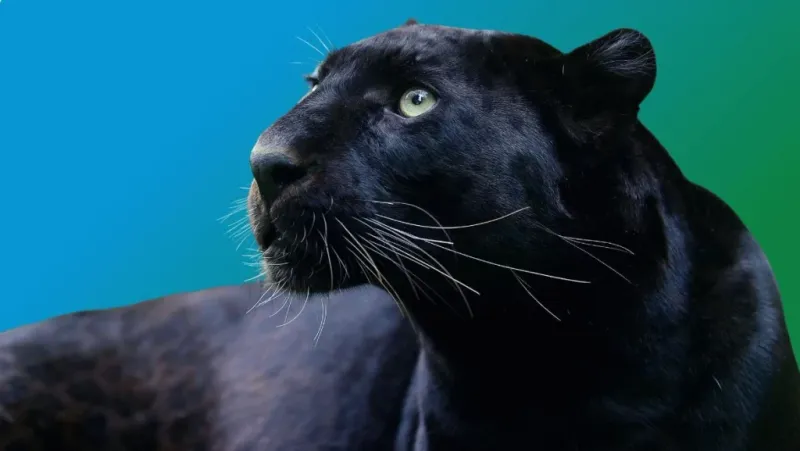
In different cultures, panthers symbolize power, freedom, and mystery. Their presence in folklore often portrays them as guardians or spirits, embodying strength and stealth. In Native American traditions, they are revered as protectors of the wild. Meanwhile, in literature and art, panthers have been depicted as enigmatic figures, representing the unknown. This cultural symbolism adds layers to our understanding of these creatures, influencing how people perceive and protect them today.
Panther Adaptations to Urbanization
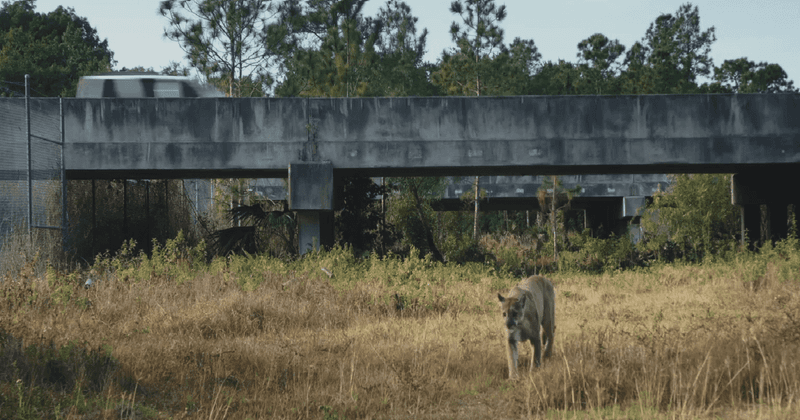
As urban areas expand, panthers have shown impressive adaptability. They’ve been spotted navigating through suburbs, avoiding human interaction. This adaptability is a testament to their resilience. However, the encroachment of urban development poses risks, challenging their survival. To mitigate these challenges, wildlife corridors have been proposed, allowing safe passage between habitats. Despite these threats, panthers continue to adapt, showcasing nature’s ability to persevere amidst change.
The Role of Panthers in Ecosystems
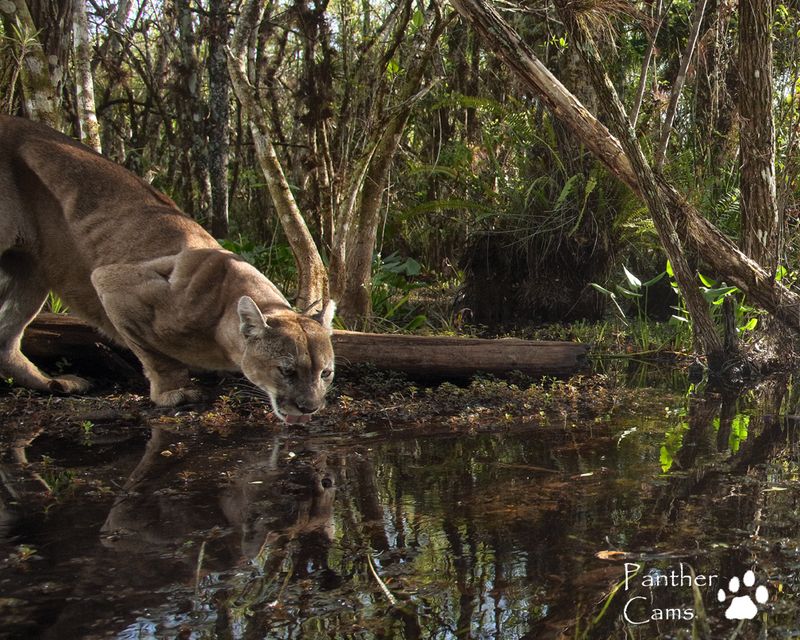
Panthers play a critical role in maintaining the balance of their ecosystems. As apex predators, they help control the population of herbivores, preventing overgrazing. This balance supports the health of plant communities and, in turn, the entire habitat. When panther populations are stable, the ecosystem thrives. Conservationists emphasize their ecological importance, advocating for protection measures. By maintaining this balance, panthers ensure the vitality of the environments they inhabit, benefiting countless other species.
Panther vs. Mountain Lion: Spot the Difference
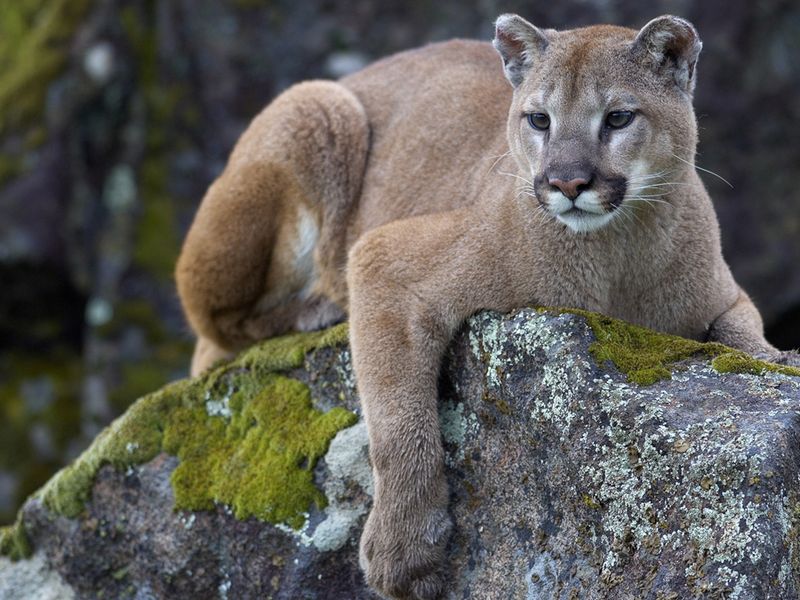
Though often confused, panthers and mountain lions are distinct. Panthers are typically darker, with possible melanistic coats, while mountain lions boast a tawny color. Size-wise, mountain lions are generally larger. These differences are crucial for wildlife identification and research. Understanding these distinctions aids in monitoring and conservation efforts. By appreciating these nuances, we can better protect and respect these magnificent creatures.
Panther Myths and Legends
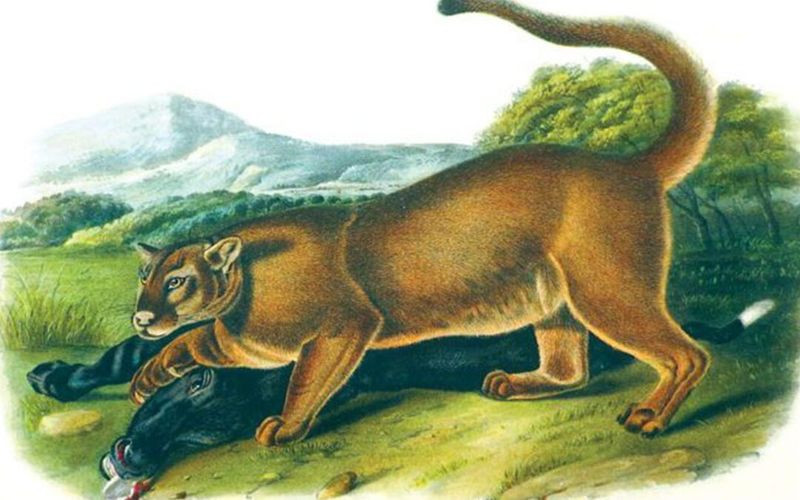
Throughout history, panthers have inspired myths and legends, often depicted as mythical beasts or guardians. In some tales, they possess mystical powers, while in others, they’re protectors of the jungle. These stories reflect humanity’s fascination with these enigmatic creatures. They continue to capture our imagination, influencing art and literature. By exploring these legends, we gain insight into the cultural impact of panthers across civilizations.
The Secretive Florida Panther
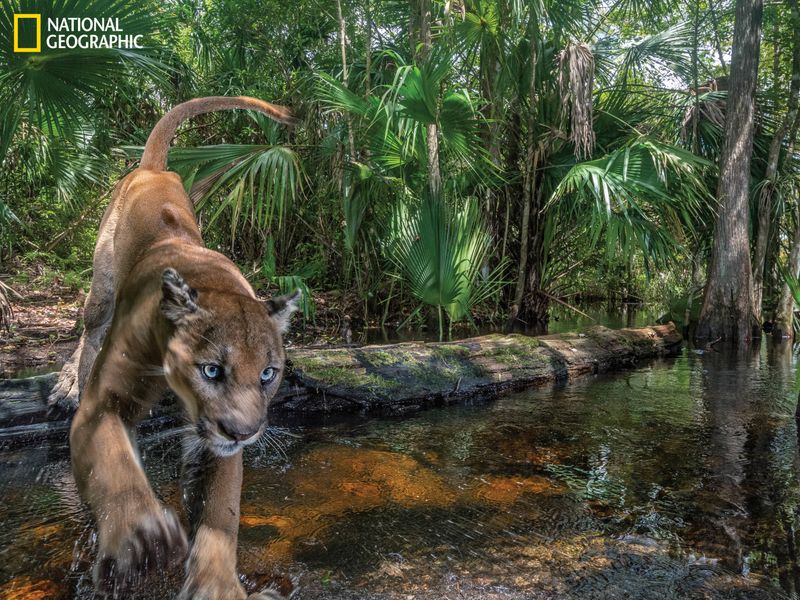
The Florida panther is particularly secretive, residing in the swamps and forests of Florida. This subspecies is critically endangered, with conservation efforts focusing on habitat preservation. Researchers closely monitor their movements, gathering data to support recovery plans. Despite challenges, these panthers have shown resilience, adapting to environmental changes. Their secretive nature adds to their allure, capturing the interest of both scientists and the public.
Panther’s Night Vision
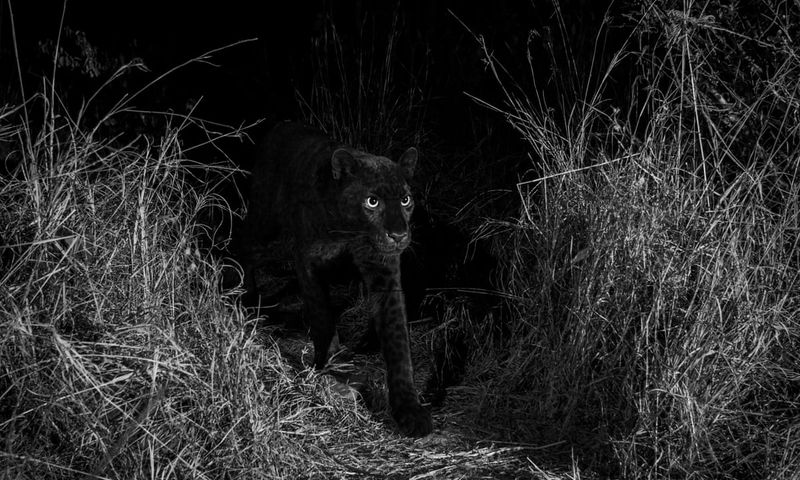
Panthers possess exceptional night vision, allowing them to hunt effectively in the dark. Their eyes contain a special reflective layer called the tapetum lucidum, enhancing their ability to see in low light. This adaptation is crucial for nocturnal hunting, giving them an edge over their prey. By understanding this trait, we appreciate their prowess as hunters. It’s one of the many features that make panthers such formidable predators in any environment.
The Enigmatic Black Panther

The term “black panther” refers to melanistic variants of leopards and jaguars, known for their striking dark coats. This variation occurs due to an excess of melanin, a genetic trait. Black panthers are often the stuff of legends, embodying mystery and elegance. Their rare appearance fuels fascination, making them popular in folklore. Observing these creatures in the wild is a breathtaking experience, as their presence is as rare as it is majestic.
Panther’s Role in Biodiversity
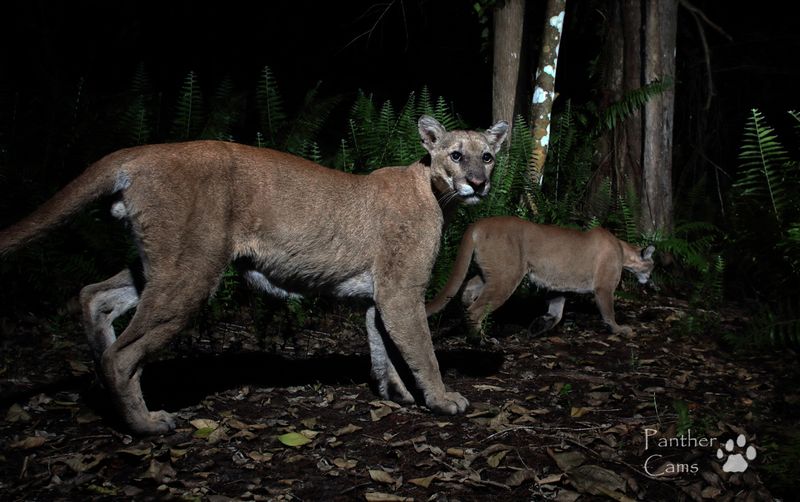
Panthers contribute significantly to biodiversity, influencing the structure of their habitats. By preying on different species, they ensure population control, supporting a variety of plant and animal life. This promotes ecological diversity, essential for resilient ecosystems. Conservationists emphasize the importance of panthers in maintaining this balance, advocating for their protection. By understanding their role, we recognize their contribution to sustaining vibrant ecosystems.

